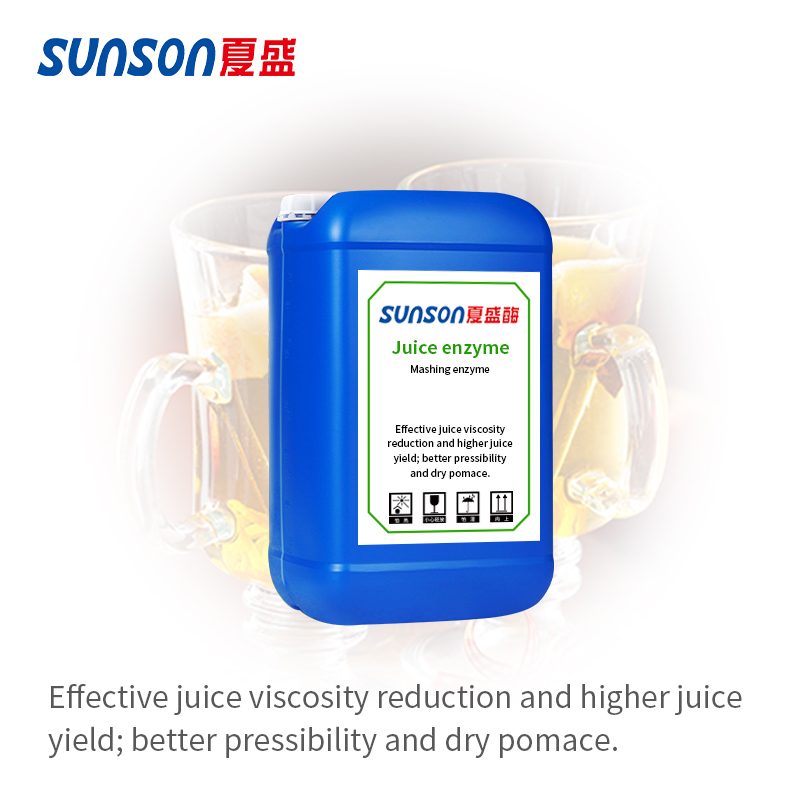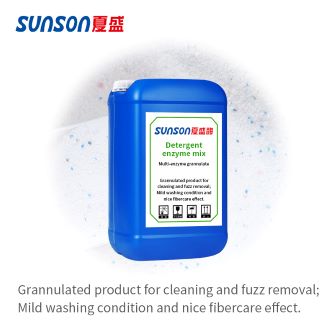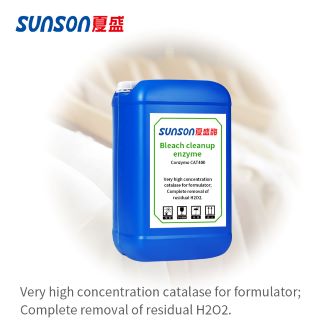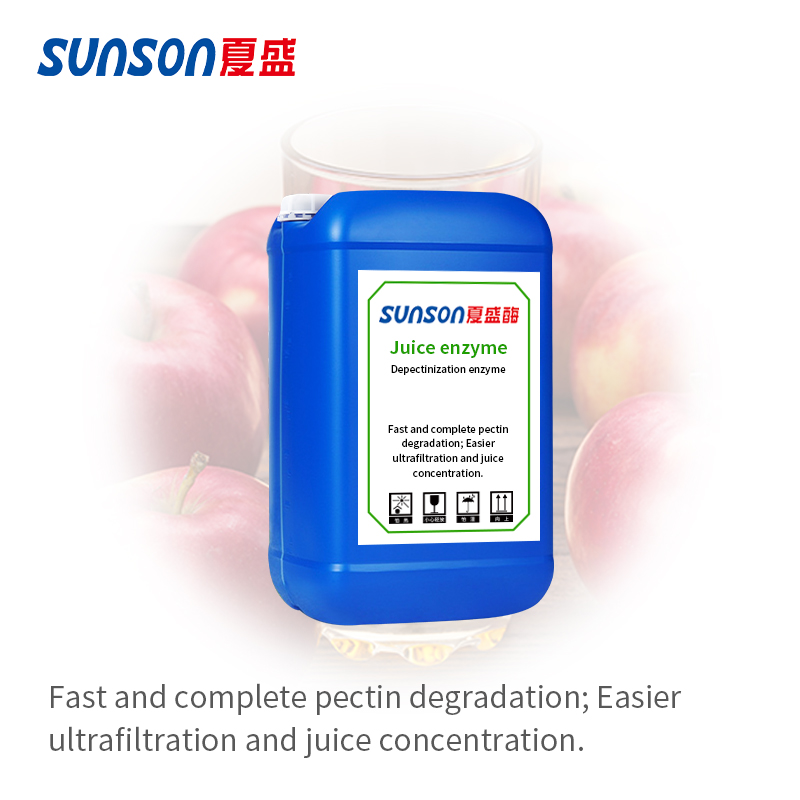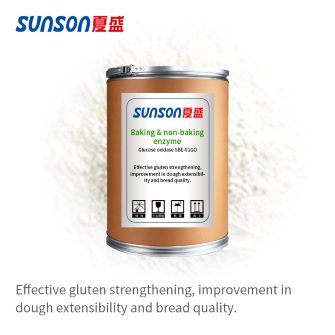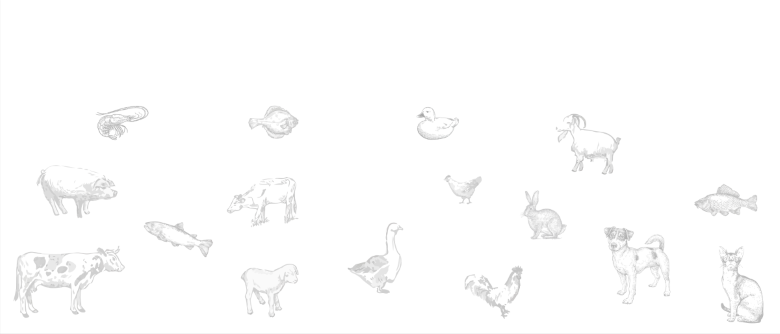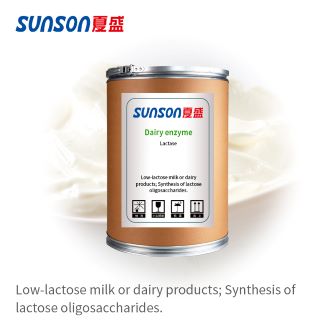


INTRODUCTION
This product is produced by submerged fermentation of a selected
microbial strain followed by
purification, formulation and drying. Lactase is
mainly used in dairy industry to relieve people from lactase deficiency while
still enjoying dairy products, but also widely used in food, medicine,
environmental protection and other fields.
Lactase, also named β-galactosidase, catalyzes the hydrolysis of lactose into glucose and galactose. The enzyme also exhibits transferase activity under proper condition, transferring galactose to lactose to generate galactooligosaccharide, a growth promoting factor for beneficial bacteria in human. It can be used as a processing aid for dairy product production or digestive aid to alleviate lactose intolerance problem.
APPLICATIONS
l Processing of
low-lactose milk and milk powder: Removes lactose while improving
product flavor, taste and nutritional value;
l Processing of other
dairy products:
For yoghurt:
reduces
coagulation time, saves the use of sugar and improves flavor and taste;
For ice cream: improves and helps with the consistency and texture;
For bread: improves crust color, promotes yeast fermentation, makes bread
sweeter or save the use of sugar, improves dough proofing, and increases bread
volume.
l Production of lactose
oligosaccharide
The enzyme is
capable of synthesize oligosaccharide in situ to convert sugar into
indigestible dietary fiber, reducing sugar content while bringing additional
health benefits.
REACTION PARAMETERS
|
CONDITION |
RANGE |
|
Activity
Temperature |
5℃-65℃ |
|
Optimum
Temperature |
55℃-60℃ |
|
Activity pH |
3.0-8.0 |
|
Optimum pH |
3.5-5.0 |
PRODUCT STANDARD
The product complies with GB1886.174.
|
No. |
ITEMS |
INDEX |
|
|
1 |
Particle size (%<40
mesh) |
≥80 |
|
|
2 |
≤8.0 |
||
|
3 |
Lead/(mg/kg) |
≤5.0 |
|
|
4 |
Arsenic/(mg/kg) |
≤3.0
|
|
|
5 |
Total viable
count/(CFU/g) |
≤50000
|
|
|
6 |
Coliform
Bacteria/(CFU/g) |
≤30 |
|
|
7 |
Escherichia coli |
(CFU/g) |
<10 |
|
(MPN/g) |
≤3.0 |
||
|
8 |
Salmonella/(25g) |
Not Detected |
|
PRODUCT SPECIFICATION
